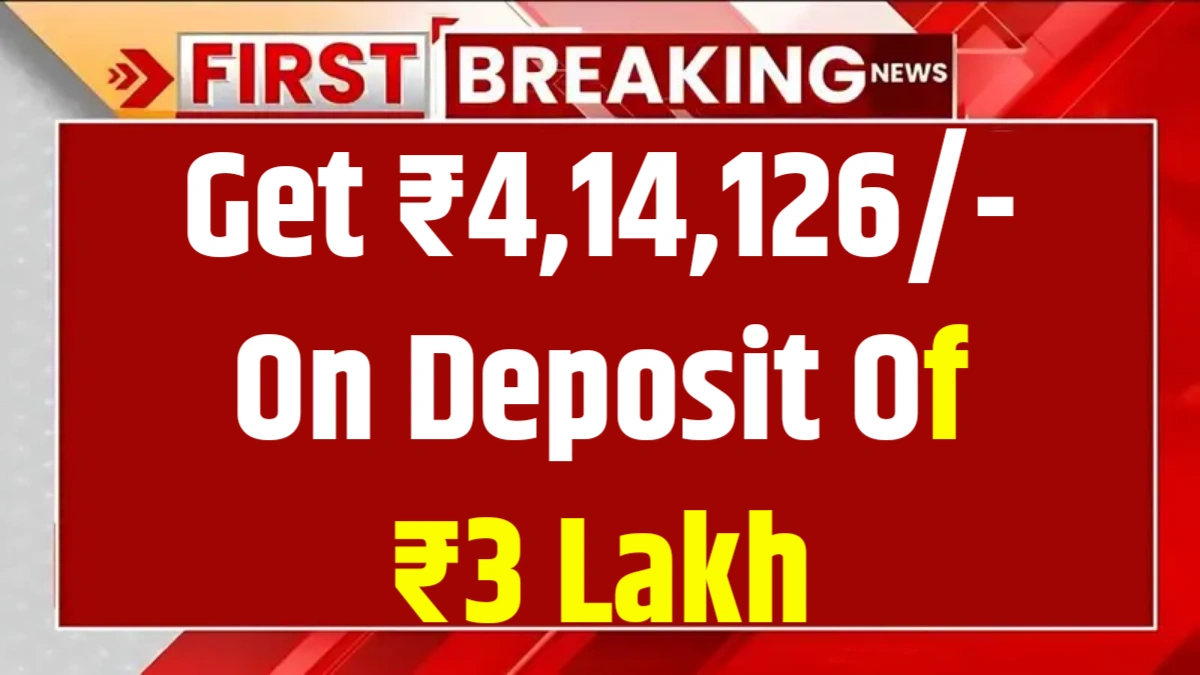When prices keep climbing, even a small boost in salary brings much-needed relief. That’s exactly why lakhs of central government employees and pensioners are closely watching for the Dearness Allowance (DA) and Dearness Relief (DR) hike expected this July 2025.
The DA/DR revision happens twice a year—once in January and again in July. The increase for January has already been implemented. Now all eyes are on the second hike of the year, which may also be the final increase under the 7th Pay Commission, as talks about the 8th Pay Commission gain momentum.
What’s New: AICPI Data Shows Upward Trend
The biggest factor behind DA/DR calculation is the All India Consumer Price Index for Industrial Workers (AICPI-IW). And the good news is—it’s climbing steadily.
- March 2025 AICPI-IW: 143
- April 2025: 143.5
- May 2025: 144
This is the third month in a row with an upward trend. The higher this index goes, the greater the chance of a meaningful DA increase.
Expected DA Hike in July 2025
Based on the latest data and trends, experts suggest a 3% increase in DA and DR is highly likely.
| Detail | Estimate |
|---|---|
| Current DA/DR Rate | 55% |
| Likely Hike (July 2025) | +3% |
| New DA/DR After Hike | 58% |
| Effective From | July 1, 2025 |
This change would apply to all central government employees and pensioners, helping them deal with the rising cost of living. However, the final approval lies with the Union Cabinet, and the official announcement is still pending.
When Will the DA Hike Be Announced?
Although the DA hike becomes effective from July 1, announcements usually come later in September or October, right before the festive season. This has been a common pattern over the past few years.
Once the government officially announces the hike, employees will receive the arrears for July and August in their subsequent salary slips or pension payments.
How Is the DA Hike Calculated in 2025?
DA and DR increases are not random. Here’s how they’re calculated:
- The 7th Pay Commission uses the average of the last six months’ AICPI-IW to determine the rate.
- This allowance helps offset inflation so that salaries and pensions maintain their real-world value.
- A rise in AICPI numbers generally signals a stronger case for DA hikes.
So, this 3% hike estimate is based on real data—not speculation.
Why This Might Be the Last Hike Before the 8th Pay Commission
There’s growing talk in government circles that this July 2025 hike could be the final DA/DR adjustment under the 7th Pay Commission.
Here’s why:
- The 8th Pay Commission is expected to roll out in early 2026.
- Although the official Terms of Reference are still pending, preparations have already begun behind the scenes.
- Once implemented, the 8th Pay Commission will likely revise the entire pay structure, making future DA hikes under the 7th framework irrelevant.
That’s why this upcoming DA/DR announcement carries more weight than usual.
Who Benefits From the DA/DR Hike?
This is especially helpful if:
- You’re on a fixed pension and struggle to keep up with rising expenses
- You’re a lower-grade employee whose income hasn’t kept pace with inflation
- You’re supporting a family on a single government salary
In all these cases, even a few percentage points can lighten the monthly burden just a bit.
Common Misunderstandings About DA/DR
Here are a few things to keep in mind:
- It’s not automatic every month—the hike happens twice a year only.
- DA and DR rates are the same, but one applies to working employees (DA), the other to pensioners (DR).
- If you’ve recently retired, you still qualify for DR, based on your last drawn salary.
FAQ
Q: Is the July 2025 DA/DR hike confirmed?
No, it’s not officially confirmed yet. But based on AICPI data, a 3% hike is very likely.
Q: Will I get arrears for previous months?
Yes, once announced, the increase is applied from July 1, and arrears are paid accordingly.
Q: Do pensioners get the same hike as employees?
Yes. Dearness Relief (DR) for pensioners matches the Dearness Allowance (DA) for employees.
Q: Where can I check the official update?
Once approved, it will be published on the Ministry of Finance or PIB India website.










